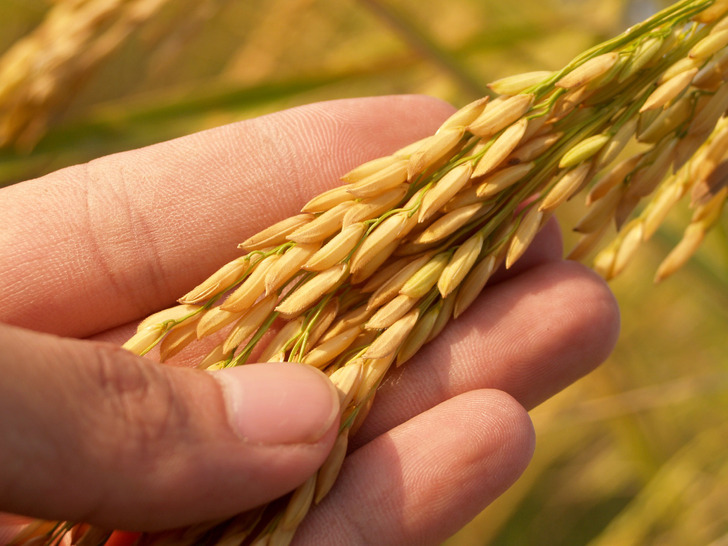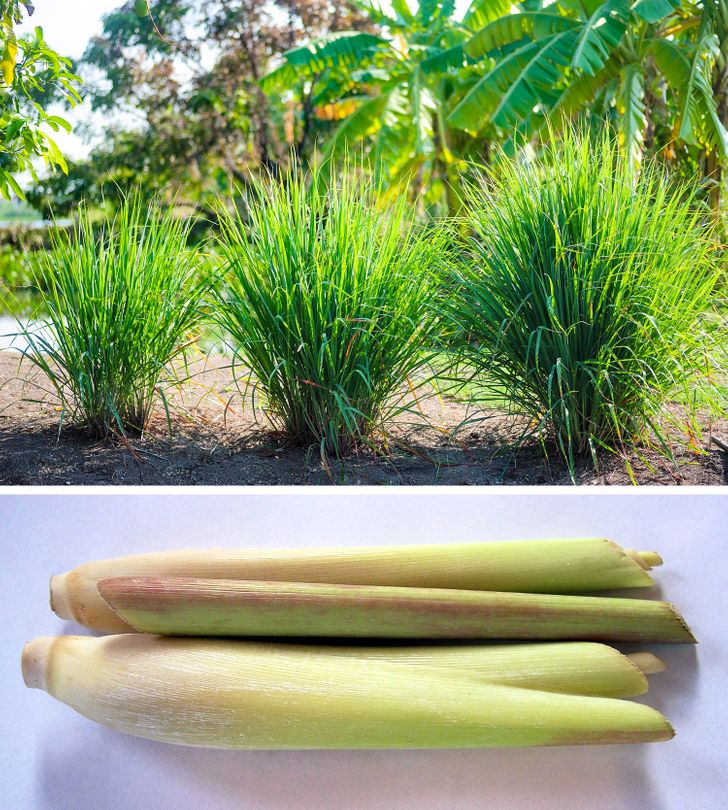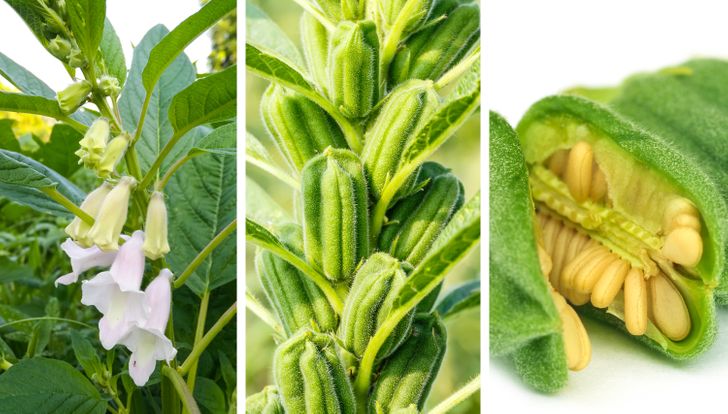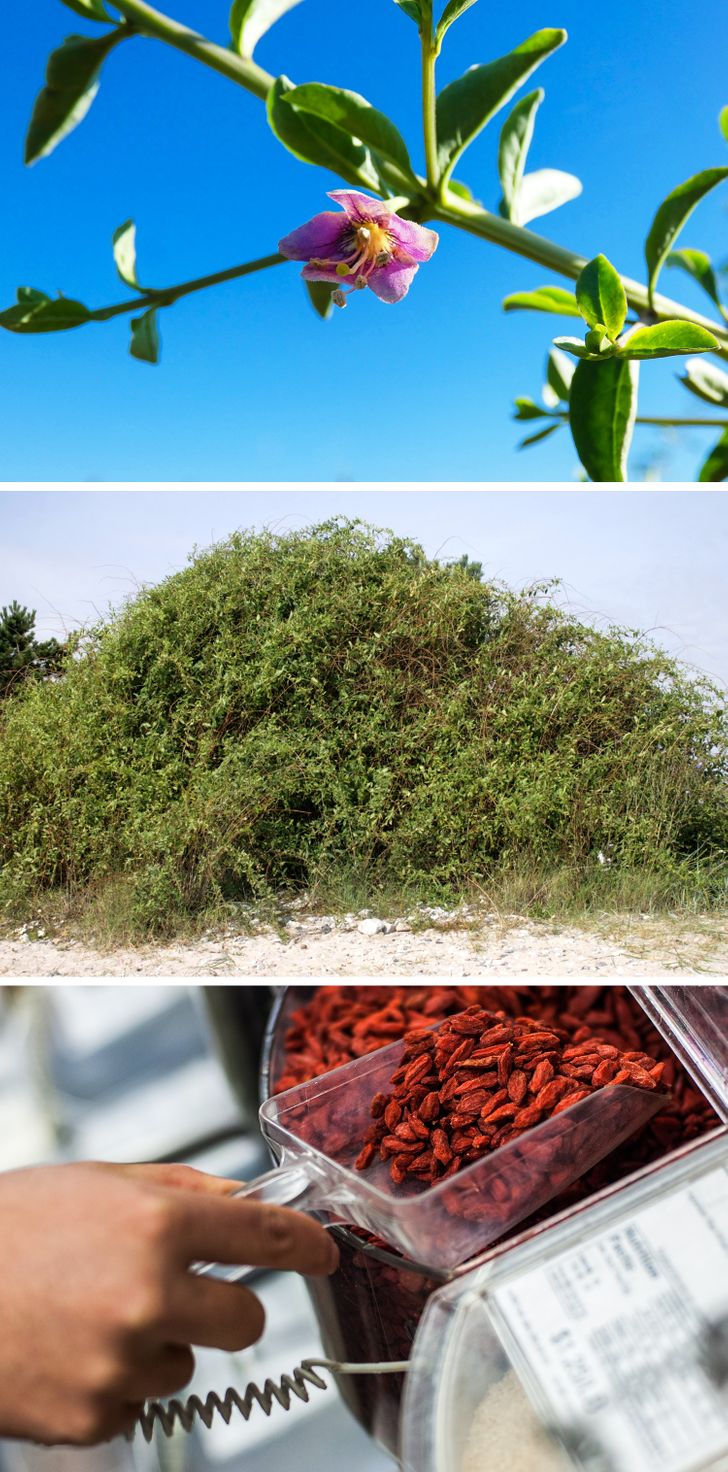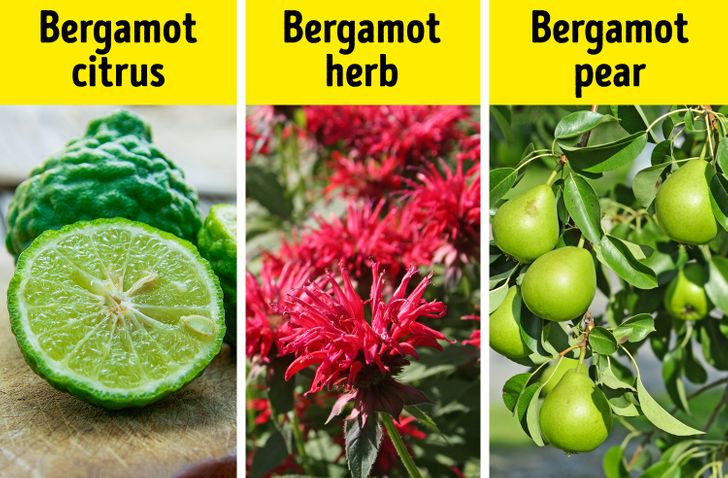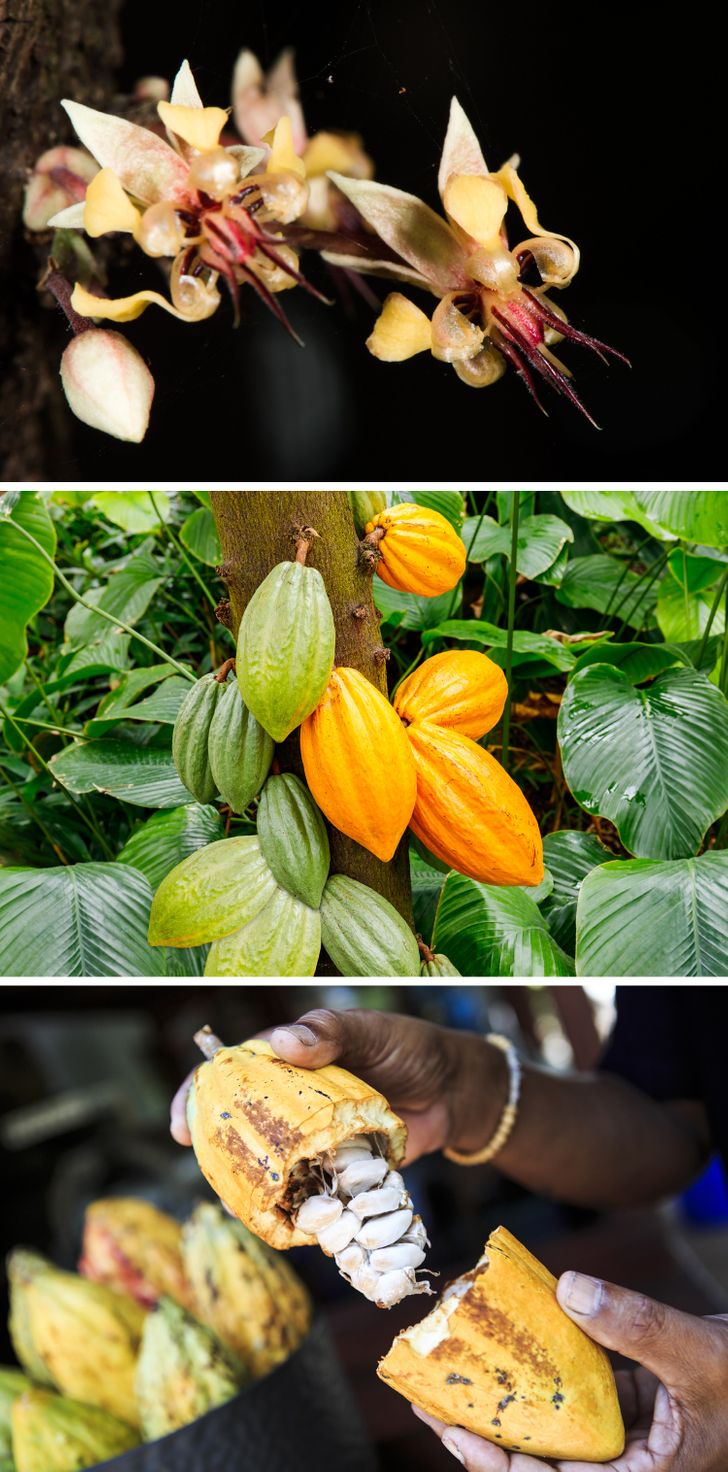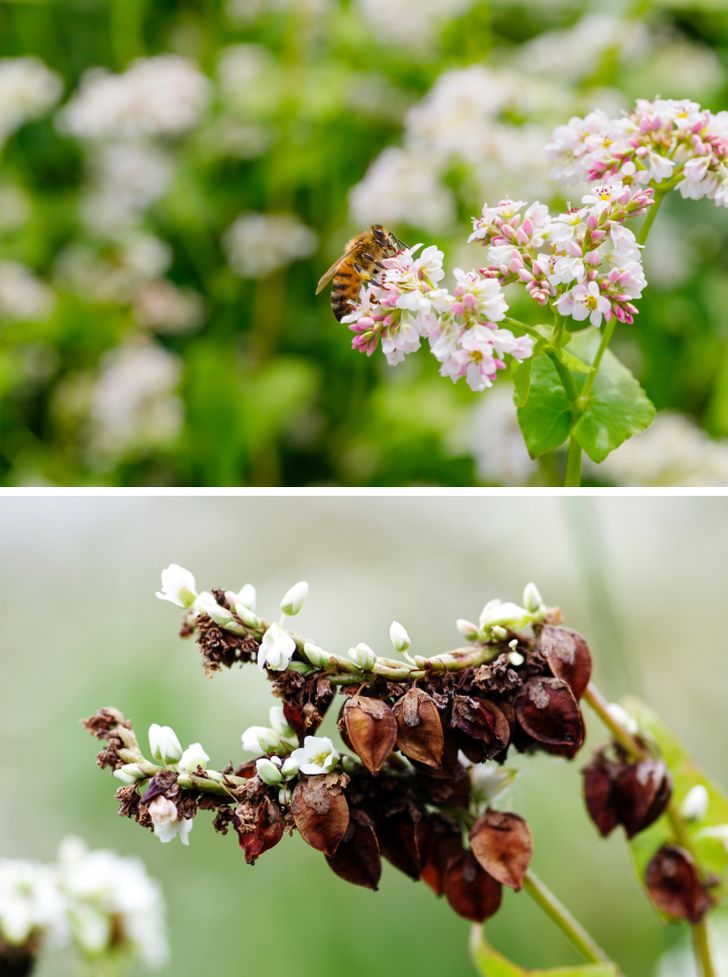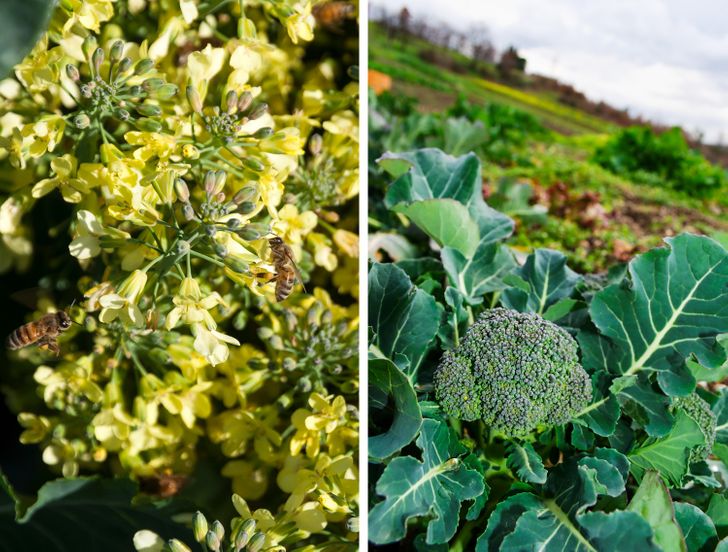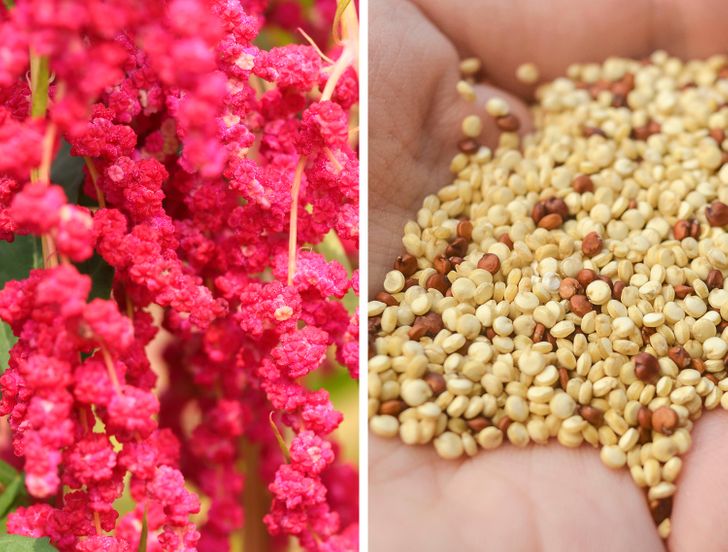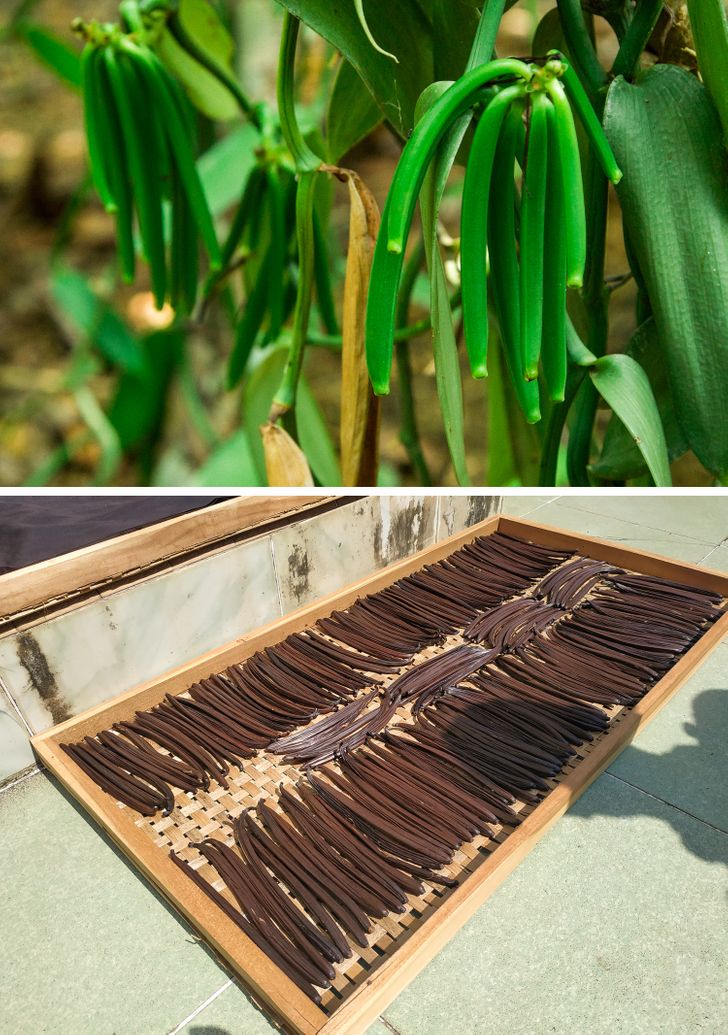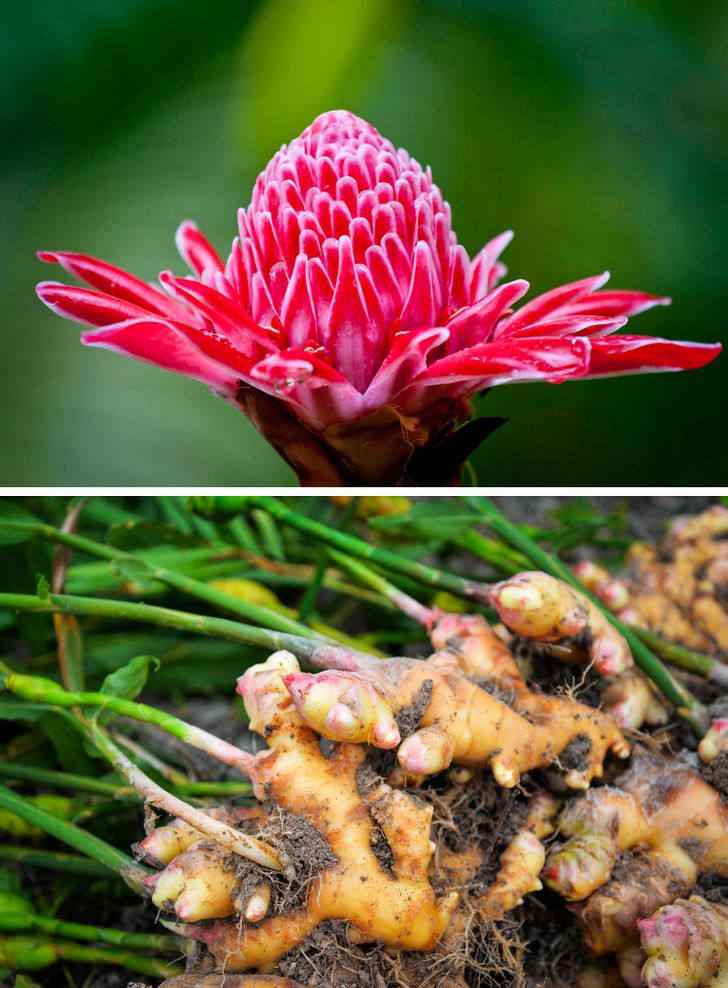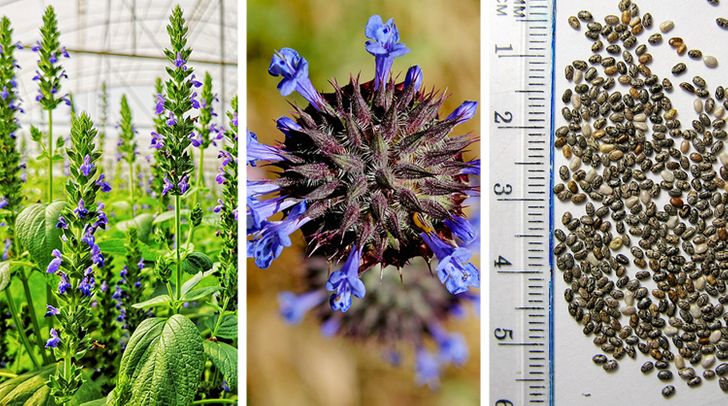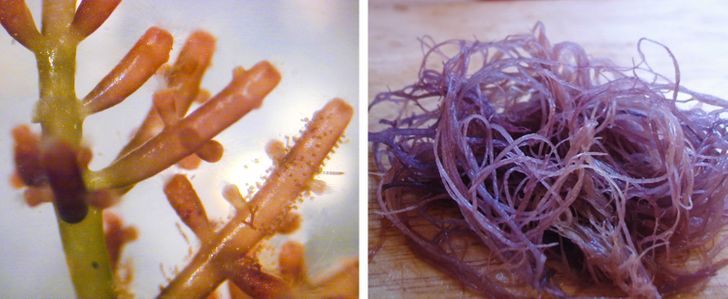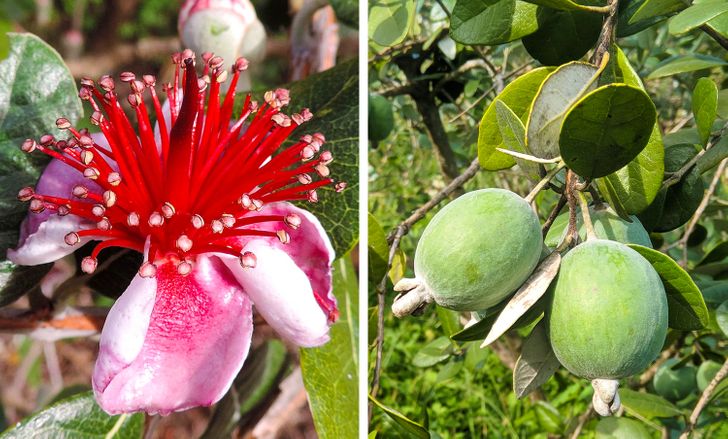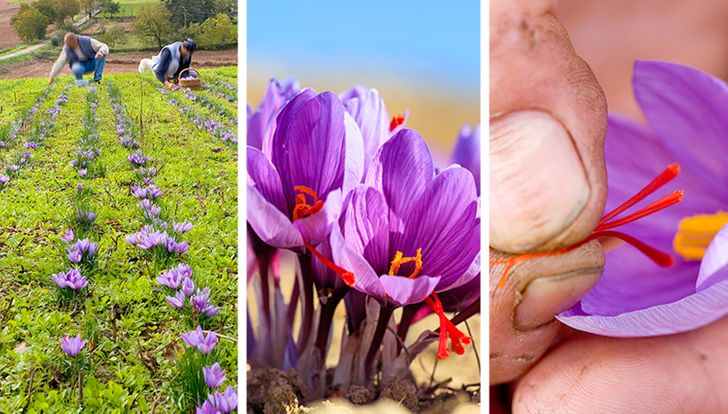Most of these make sense
16 Popular Products That Grow Differently Than the Way We Imagined
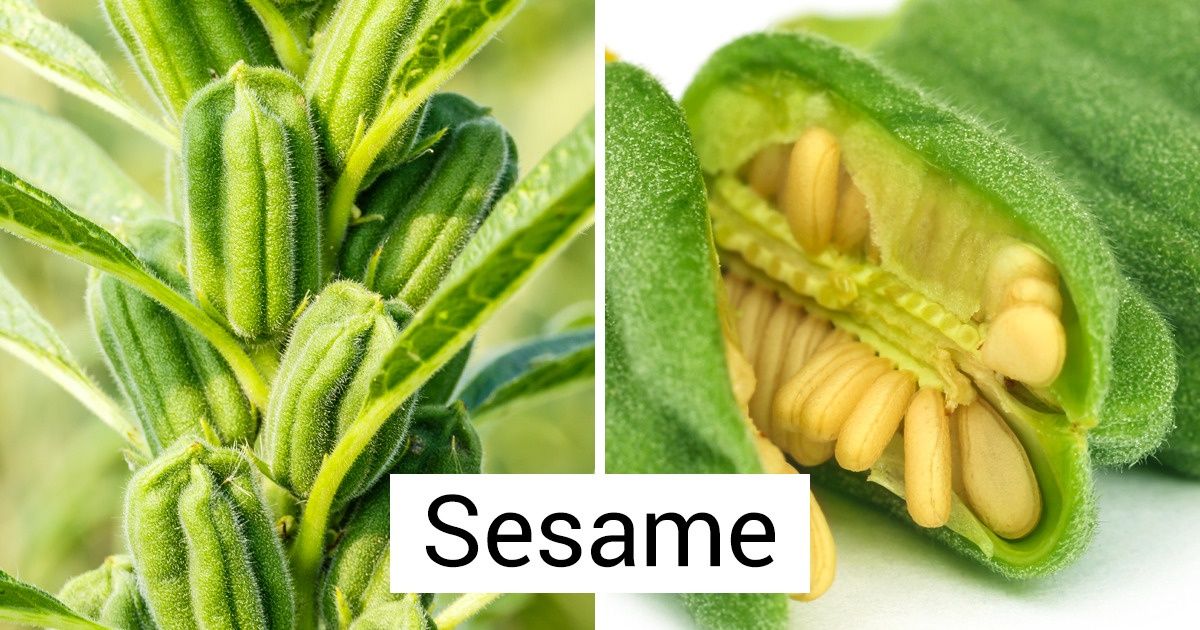
3 plants can actually be called bergamot, while Goji berries grow on bushes that are 2 times taller than the average human. People in the 21st century are so accustomed to products from supermarkets that they wouldn’t even recognize many of them in nature.
We at Bright Side decided to correct this oversight and found out how the ordinary products we’re used to seeing look before they hit the shelves in our favorite stores.
Rice
Rice grows at a temperature of 50°F to 54°F directly from the water.
This plant feeds more than half of the world’s population.
There are more than 7,000 varieties of rice in the world. Wild rice is not included in this list.
Lemongrass
This plant is actually called “Cymbopogon” but became known as “lemongrass” due to its smell. The word “Cymbopogon” derives from Greek words “kymbe” which means “boat” and “pogon” which means “beard.” After all, doesn’t it look like a boat with a beard?
This plant is used while preparing various teas, soups, sauces, meat, fish, and curries.
Sesame
Sesame’s second name is benne.
This word is famously used in the fairytale Ali Baba and the Forty Thieves as the magical phrase, “Open Sesame!” There’s a rumor that the author of the tale wanted to liken the sound of the opening cave to the pod bursting from the ripeness of the enclosed sesame seeds.
Goji
Thanks to marketers, Goji berries have been considered incredibly useful and indispensable as they’ve been labeled a superfood recently.
Goji berries’ real name is Lycium barbarum. People also call it wolfberry. However, this name can refer to many plants. Goji doesn’t possess any poisonous qualities.
A goji bush can reach a height of up to 12 feet and is completely covered with thorns.
Bergamot
3 totally different plants can be called bergamot:
- The first one is a citrus fruit obtained by crossing a bitter orange and a citron. It’s the oil of this plant that’s added to “Earl Grey” tea.
- The second one is an herbal plant which is also known as “Monarda.”
- The third one is a special type of pear that is also called “bey pear.”
Cocoa
You can prepare 1 lb of chocolate from the annual crop of one cocoa tree (approximately 30 fruits).
The cocoa tree starts to bear fruit only in the third or fourth year of its lifetime.
You can cook homemade chocolate using powdered cocoa beans, butter, and sugar.
Buckwheat
Broccoli
It was Pliny the Elder, the famous Roman scientist, who first wrote about broccoli in the 1st century CE. He called this vegetable a “blessed plant.”
Broccoli contains almost all the vitamins necessary for humans. It also lowers cholesterol, preserves beauty, and even protects against cancer.
Quinoa
Quinoa is one of the most healthy grains in the world. The Incas considered this product sacred and called it “the mother of all seeds.”
The composition of quinoa resembles milk and fish, but it tastes like rice.
The UN General Assembly proclaimed 2013 the International Year of Quinoa.
Vanilla
Vanilla is a type of orchid which is why it’s difficult to grow.
It’s one of the most expensive spices in the world.
The Aztecs used vanilla pods as money in the 14th century.
Vanillin is a synthetic substitute for vanilla and it has nothing to do with the plant.
The smell of vanilla promotes the production of serotonin, which is known as the hormone of happiness.
Ginger
Ginger helps improve memory and concentration because it improves blood circulation in the brain, strengthens blood vessels, and reduces blood pressure.
You can freeze this root for a long time and it won’t lose its useful properties.
Flaxseed
Chia seeds
- Chia is also called Salvia hispanica.
- Chia seeds are one of the main sources of linolenic and other omega-3 and omega-6 unsaturated fatty acids.
- The Aztecs considered this plant to be one of the most important products, along with maize and beans.
Agar-agar
- Agar-agar is a vegetable substitute for gelatin.
- It is obtained from red and brown algae.
- Gracilaria is one of the most popular types of red algae used for producing agar.
Feijoa
- Feijoa contains a lot of iodine, zinc, and vitamins C and B — that’s why this fruit is good for the memory. They increase work efficiency, promote healthy hair and nails, and improve immunity.
- This plant was discovered and brought to Europe by the scientist Silva Feijó.
Saffron
- Saffron is the most expensive spice in the world.
- One needs to collect about 100,000 flowers to get just 2 pounds of saffron spice.
- Saffron is a perfect preservative. Dishes cooked with saffron can be stored out of the fridge for a long time.
Which of these plants would you not recognize outside of the supermarket? We’d be glad to hear from you in the comments!
Comments
I had no idea rise was like this..
Most if not all of that is true. Here's some additional information on a few of the plants listed:
Bergamot Herb or Monarda is also known as Bee Balm. It is good for attracting humming birds and a great food source for bees. The flowers have an unusual shape and come in pink, red, and purple. They can vary in height from 18 inches to over 5 feet. the taller ones are recommended for the back of a landscape display because the plants can become leggy. They are also prone to powdery mildew just like roses.
Broccoli is also a member of the mustard family. While extremely healthy and nutritious, it is advised to eat members of that family no more than two to three times a week due to arsenic naturally occurring in the plant. Boiling it does reduce the amount of arsenic, just as boiling almonds makes them safe to eat (raw almonds should never be eaten due to high levels of arsenic). What is actually eaten is the flower stalks. I believe, if I'm not mistaken (it's been awhile), like most species in the Mustard Family, it produces flowers in the second year.
Chia - Salvia hispanica - is a type of Sage. There are many varieties of Salvia/Sage and has many more uses than just food. It's used ritually for purification and smudging, as an herb in cooking, and a landscape plant for it's unique smell when the leaves are crushed. Different varieties have different uses. It's not to be confused with the annual known as Salvia.
Saffron is the stamens of the Crocus Flower - easily grown, not so easily harvested. Very little goes a long way. It's a wonderful spice but was also used historically as a dye in addition to a spice. Some varieties are among the first plants to appear in the spring, sometimes appearing as early as late January/early February. It can sometimes be found blooming under the snow, hence the variety being known as Snow Crocus. Some varieties are better for Saffron Production than others.
Related Reads
My In-Laws Told Me Not to Share a Bed With My Wife—I Am Furious

10 Honest Stories That Capture the Struggles and Pain of Blended Families

I Refuse to Let My DIL Treat My Home Like a Free Pantry

I Was Excluded From a “Family” Dinner—My Revenge Taught My DIL a Lesson

I Refuse to Share My Inheritance With My Sister—She Doesn’t Deserve a Penny of It

My DIL Refused to Let Me See My Grandchildren, Until My Son Stepped In

20+ Cleaners Honestly Revealed What Their Job Is Really Like, and It Shattered Our Stereotypes

I’m Not Delaying My Retirement for My Sick Daughter — I’m Done Being Her Cash Cow

10 True Stories With an Ending So Twisted They Deserve an Oscar

20 Moments When Kindness Stepped In Like a Guardian Angel

I Absolutely Refuse to Tolerate My DIL’s Laziness, My Son Deserves a Wife, Not a Freeloader

I Refuse to Sell My House for My Jobless Son-in-Law

